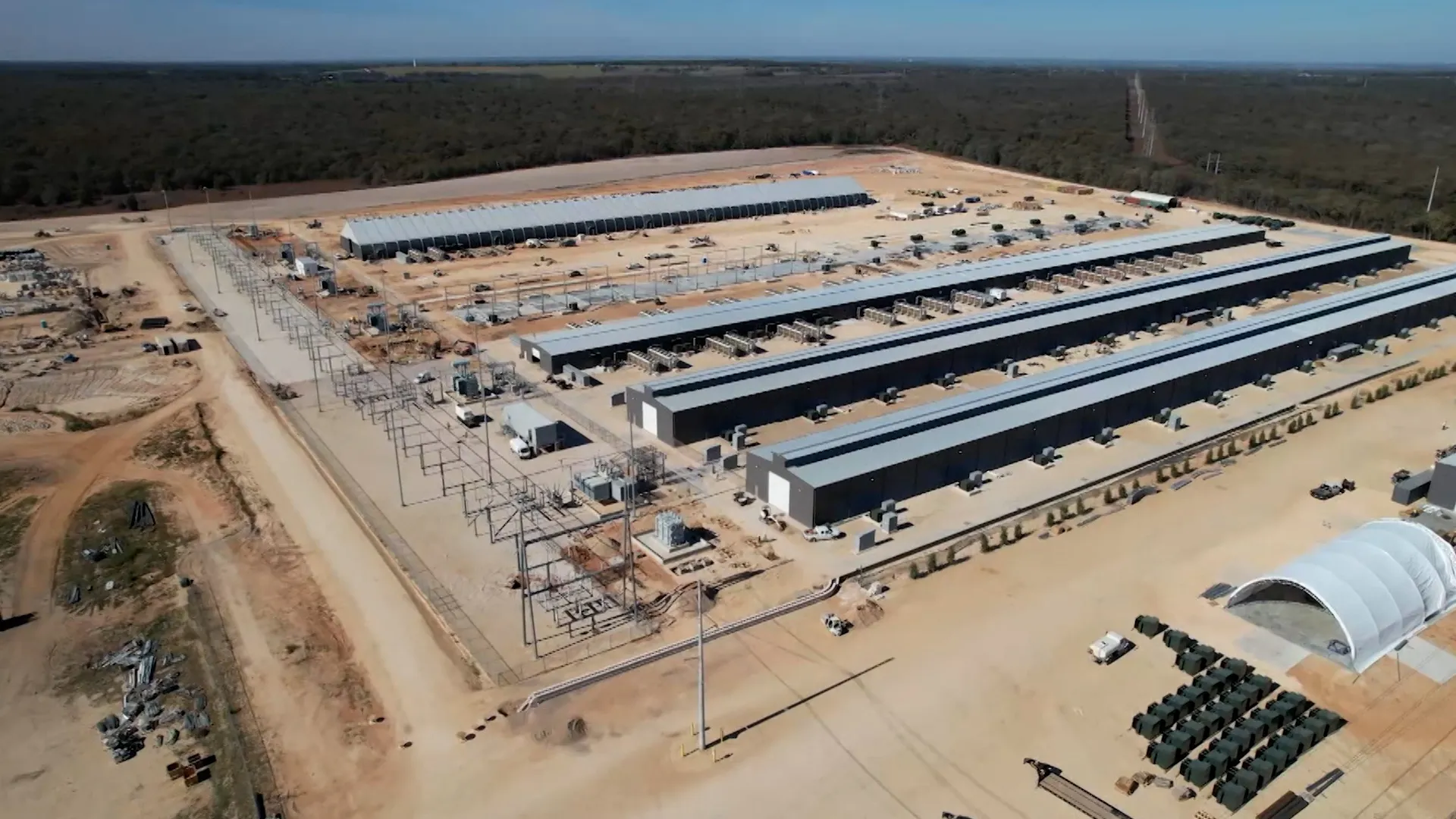Police officers escort South Korean crypto mogul Do Kwon (C) to a holding facility pending his extradition in Podgorica, Montenegro, on March 23, 2024. A U.S. judge sentenced Kwon to 15 years in prison Thursday for a fraudulent cryptocurrency scheme. File Photo by Boris Pejovic/EPA-EFE
Dec. 12 (UPI) — A federal judge in New York sentenced Do Kwon, the former CEO of blockchain and cryptocurrency company Terraform Labs, to 15 years in prison for a scheme that cost victims billions of dollars.
The 34-year-old South Korean native received a higher sentence than defense lawyers and even prosecutors sought — five years and 12 years, respectively, The New York Times reported. Prosecutors agreed to let Kwon serve the second half of his sentence in South Korea.
U.S. District Judge Paul A. Engelmayer for the Southern District of New York said he went with the 15-year sentence because Kwon’s crimes represented “fraud on an epic, generational scale.” He also ordered Kwon to pay more than $19 million in proceeds from the scheme.
The judgment was handed down in court Thursday, some four months after Kwon pleaded guilty to one count of conspiring to commit commodities fraud, securities fraud and wire fraud as well as one count of committing wire fraud. Authorities arrested Kwon in Montenegro after he led them on an 18-month manhunt, The Guardian reported.
“Do Kwon devised elaborate schemes to mislead investors and inflate the value of Terraform’s cryptocurrencies for his own benefit,” U.S. Attorney Jay Clayton said Thursday in a news release.
“When his crimes caught up to him, Kwon embarked on a deceptive public relations campaign to cover up his fraud, laundered the proceeds of his illegal schemes and sought to purchase political protection in foreign countries to evade criminal prosecution.”
Federal prosecutors said Terraform, under Kwon, offered a unique blockchain that issued stablecoins under a distinct protocol that it falsely claimed would maintain a fixed value even when market conditions fluctuated. He told investors the company’s stablecoin, UST, could always be exchanged for $1 of its blockchain’s native LUNA token.
Kwon received investments from several firms across the globe to buy or lend Terraform’s cryptocurrencies built on the company’s blockchain. The market value of all UST and LUNA surpassed $50 billion by spring 2022.
Prosecutors said, though, that much of that growth was due to Kwon’s falsifications about Terraform’s technology, causing the two cryptocurrencies to collapse in value and losing investors $40 billion. Kwon hid the losses through a fraudulent audit.
Company Kawasaki Heavy Industries presents its latest humanoid robot, “RHP Kaleido 9,” during the 2025 International Robot Exhibition in Tokyo on December 3, 2025. Photo by Keizo Mori/UPI |
License Photo
Source link


